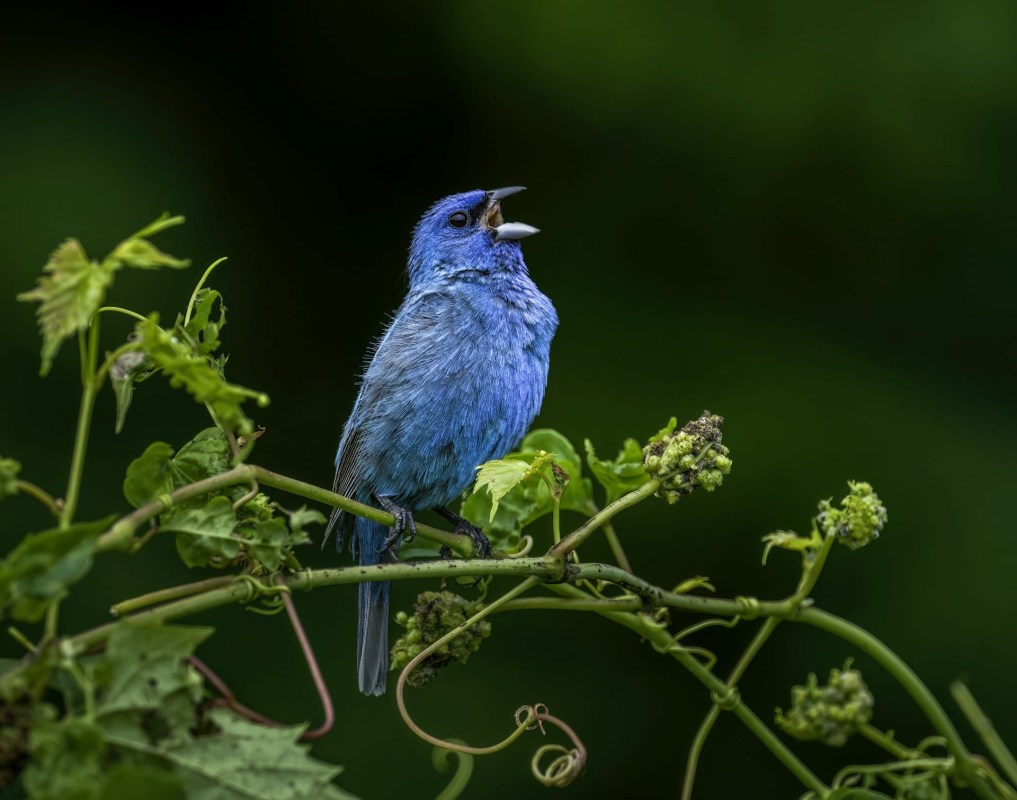The emerging field of bioacoustics is giving researchers a new look — or rather, a listen — into the world around us.
By capitalizing on inexpensive audio technology, artificial intelligence, and forest sounds, conservationists are gaining new insight into the health of birds, insects, and other species.
The emerging technology could revolutionize the way we understand changes in the environment and how humans impact the ecosystem.
"It's a total game changer," Christy Hand, a biologist at the South Carolina Department of Natural Resources, told bioGraphic.
Researchers liken this type of technology to the music recognition app Shazam — except for animal sounds.
What is bioacoustics?
Biologists are capturing the sounds of frogs, birds, and other animals, by placing audio recorders in forests. The recordings can provide a better idea of what species are present because they pick up sounds over a larger area than trail cameras. Artificial intelligence can then identify the sounds by species.
The recorders can be as small as a credit card, cost less than $100, and be deployed for weeks to pick up nature's noises. In a spectrogram — a chart showing different audio frequencies of different animals — Yale Environment 360 was able to identify six species in a 20-second clip. They included birds, frogs, and crickets.
Why is it important?
The sounds can help experts determine if human-made noises are impacting animal and insect routines. The recordings can also help them to better understand how birds and other animals interact with each other.
"If certain frequencies are silent, perhaps the animals that use those frequencies — like flying insects or bats — are in trouble," Yale Environment 360 reported.
In some cases, researchers use hundreds, or even thousands, of recorders across hundreds of miles. And in time, the data can help experts see how the warming planet and other ecological changes impact wildlife — and develop new ways to help.
Hand, the biologist from South Carolina, is using bioacoustics to help her track down information on the elusive eastern black rail, a bird she has been studying for nearly a decade, bioGraphic reports.
The small birds are hard to count because they are very shy. Their signature "kickee-doo" call is much easier to pinpoint with the right equipment. In a recent study, she deployed 16 recorders that picked up enough rail sounds to help her team learn more about where the birds are staying and what environments they prefer.
"People working with rails, we tend to be a bit quirky. I dream about the rails," she told bioGraphic about her ongoing pursuit of the mouse-sized bird.
Now, she can listen to them, too.
How to get involved
All that you need to listen in is a smartphone.
Cornell's Merlin Bird ID app promises to "identify the birds you see or hear." It is supported by eBird, the world's largest bird database. You can also contribute to the bird data by reporting your experiences in studies like the Great Backyard Bird Count.
The app iNaturalist is another service that allows people to share images and sounds from nature to ID plants and animals.
Join our free newsletter for cool news and cool tips that make it easy to help yourself while helping the planet.









